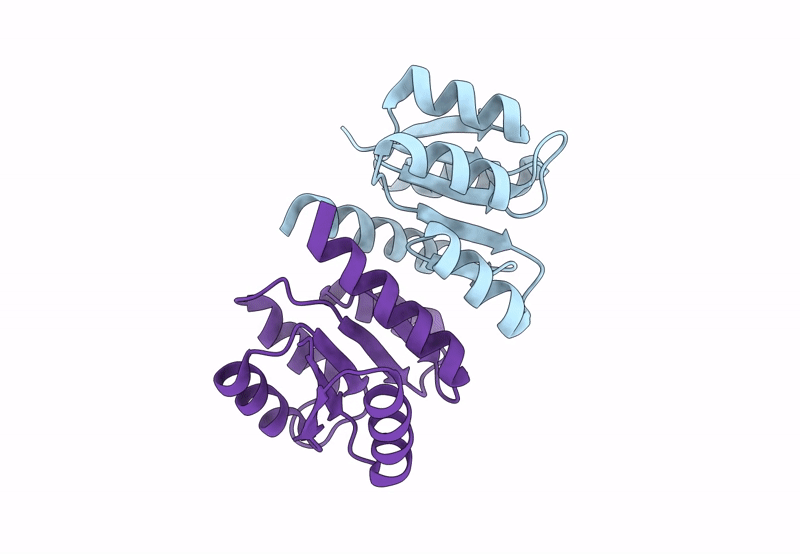
Deposition Date
2022-12-20
Release Date
2023-10-25
Last Version Date
2023-10-25
Entry Detail
Biological Source:
Source Organism:
Streptococcus mutans UA159 (Taxon ID: 210007)
Host Organism:
Method Details:
Experimental Method:
Resolution:
2.29 Å
R-Value Free:
0.25
R-Value Work:
0.19
R-Value Observed:
0.20
Space Group:
P 65


